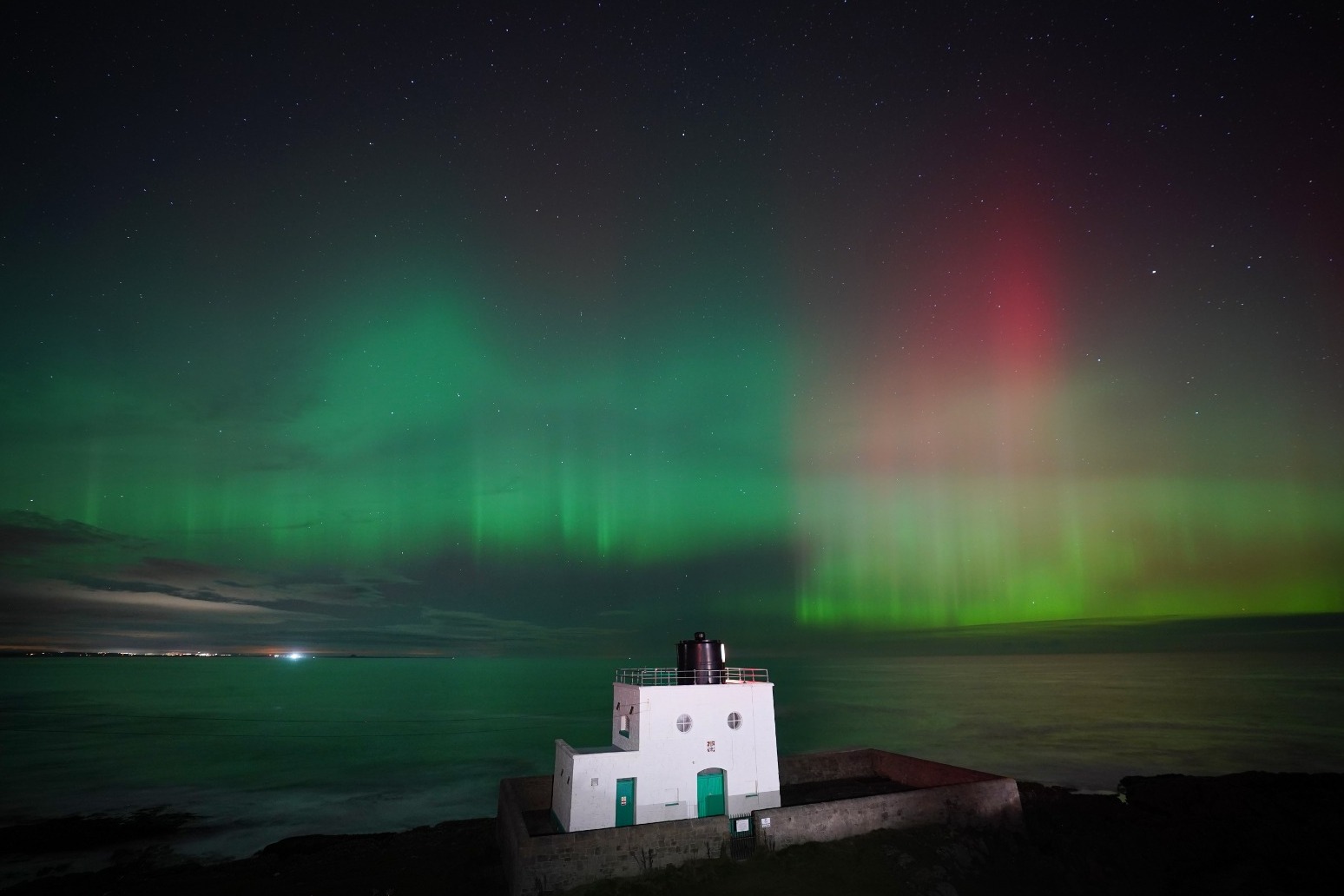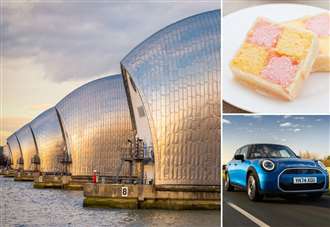
The Northern Lights could illuminate skies across the UK on Saturday evening into Sunday morning, according to the Met Office.
The forecaster predicts the natural phenomenon could be as “strong” as the lights that were spotted last weekend by webcams from the Shetlands and from onlookers in central and Eastern parts of England.
The Met Office said the best chances of seeing the natural phenomenon this weekend will be across northern parts of Scotland as well as North Wales and the Midlands.
The forecaster said the rest of the UK is likely to miss out on the light spectacle due to cloud cover.
Simon Partridge, a senior meteorologist at the Met Office, told the PA news agency: “The Northern Lights will be visible tonight – until Sunday morning.
“They will mainly be visible from North Wales/Midlands northwards.
“This is because there will be too much cloud across the rest of the UK tonight for it to be visible.
“The event is likely to be as strong as the one witnessed last weekend.”
On November 5, the aurora borealis, also known as the Northern Lights, was visible in Northamptonshire and Northumberland and some onlookers even spotted a strong thermal emission velocity enhancement (Steve) which is a phenomenon that often appears as a purple or green streak in the sky.
Professor Don Pollacco, department of physics at the University of Warwick, said the phenomenon was caused by “the interaction of particles coming from the sun, the solar wind, with the Earth’s atmosphere – channelled to the polar regions by the Earth’s magnetic field”.
“It’s actually a bit like iron filings and the field of a bar magnetic.
“The solar wind contains more particles when there are sun spots, as these are regions on the sun’s surface where the magnetic field is interacting with the plasma in the sun, and the particles can be released.
“Once the particles are channelled into the Earth’s atmosphere they interact with molecules and have distinctive colours (e.g. oxygen molecules produce green light, nitrogen red light etc) and patterns such as light emissions that look like curtains or spotlights.
“These shapes change quickly over timescales of minutes/seconds.”
Published: by Radio NewsHub














